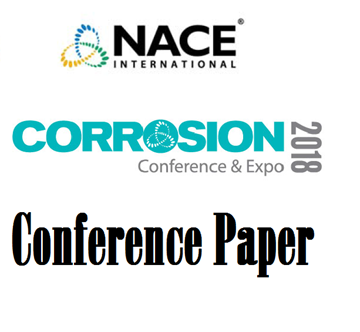Search
Study On Elemental Sulfur Formation From Black Powder Deposits
Also Purchased
11398 Investigation of Elemental Sulfur Corrosion Mechanisms
Product Number:
51300-11398-SG
ISBN:
2011 11398 CP
Publication Date:
2011
$20.00
51318-11266-Sour Gas Plant Corrosion in the Presence of Elemental Sulfur
Product Number:
51318-11266-SG
Publication Date:
2018
$20.00
05646 Practical Corrosion Control Measures for Elemental Sulfur Containing Environments
Product Number:
51300-05646-SG
ISBN:
05646 2005 CP
$20.00
Recently viewed




